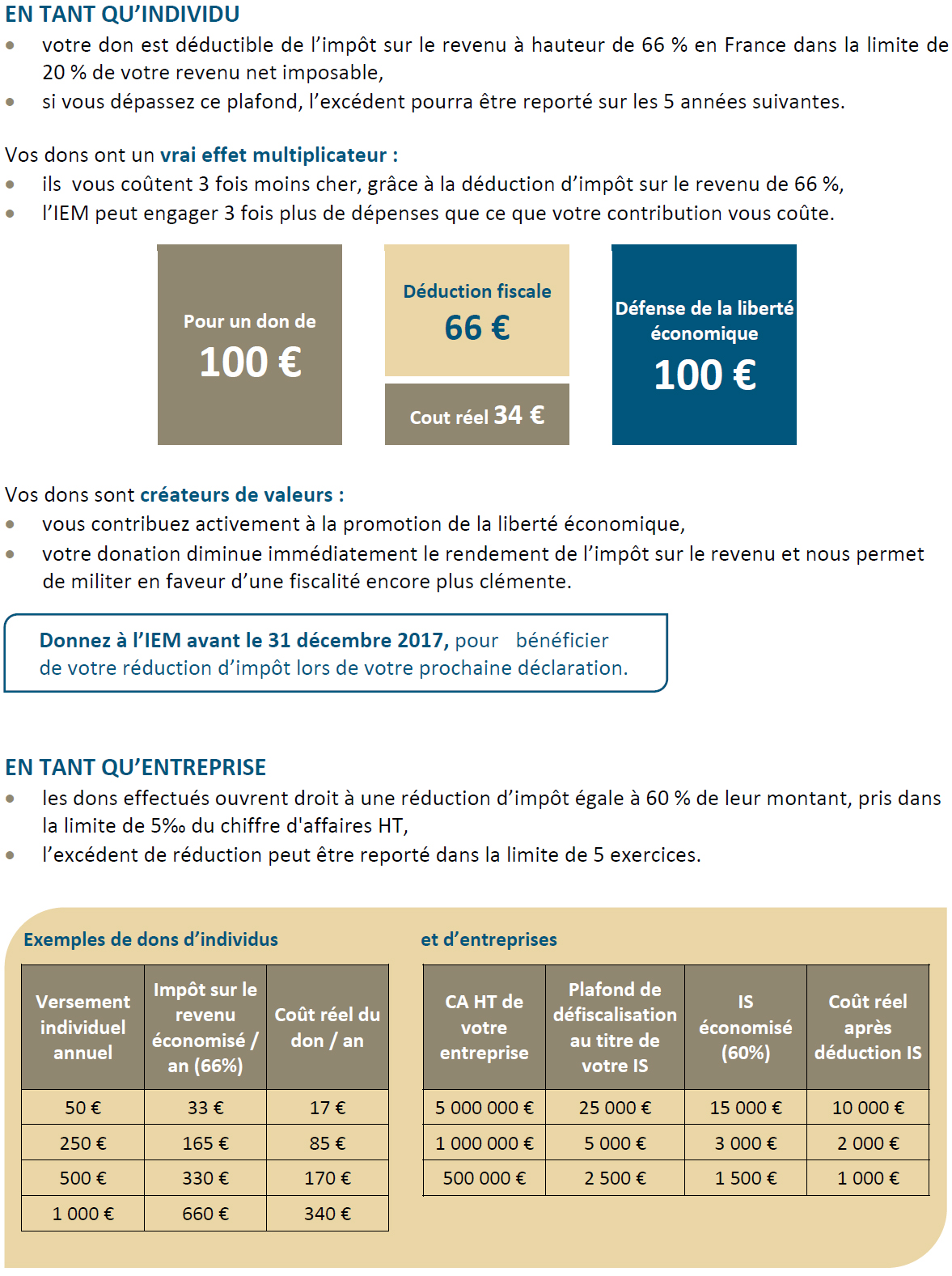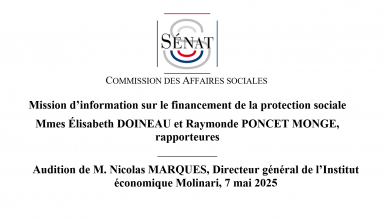The Intel ruling: The EU running wild!
Translation of a French article published on May 20, 2009, in Le Temps.
In these times of economic crisis, the Intel ruling by the European Commission seems to have been a sop to the community of experts who take an interest in this topic. It leads to a belief that, though times may be difficult, we are still fortunate enough to have competition policy that looks after protecting the weakest! If only it were so. Regrettably, it is a mistake to suppose that punishing big companies is a way of favouring consumers! This is what the U.S. Chamber of Commerce seems to believe when questioning the lack of due process in the EU antitrust decision.
Intel, a U.S. microprocessor maker, was fined 1.06 billion euros last May for abuse of its dominant position in the microprocessor market. In the market for these devices—essential to the operation of our computers—Intel holds a market share of more than 70%, compared to its main rival, AMD, with a 22% share.
The matter goes back several years to when AMD submitted a complaint against its rival, accusing it of using practices considered anti-competitive such as offering discounts and rebates to clients in exchange for exclusivity contracts. These practices, normally accepted as part of competition, paradoxically are no longer acceptable when one company is viewed as dominant. The fear is that such practices could enable the dominant company to eliminate a rival, becoming the dominant player in the market and thus able to impose its will!
We should note, first, that despite these practices, Intel has still not managed to eliminate its rival! Even if it did succeed in doing so, should this be feared? Certainly not, because only a distorted view of market competition can lead to fears that the dominant company in a market stops innovating and exploits consumers undisturbed.
The microprocessor market is the perfect example of how wrong this way of seeing things can be. This market is seen as one of the most dynamic in the economy. It has been characterised for decades by dazzling innovations and by price reductions that are just as impressive.
According to figures from the U.S. Bureau of Labor Statistics reporting on a combination of price cuts and product improvements, microprocessor prices have outperformed each of the other 1,200 product categories followed by the Bureau. Microprocessor prices fell 48.9% a year between 2000 and 2006, exceeding the decline in the prices of personal computers (25.6%), storage devices (23.1%) and software (0.8%).
A dominant company thus has to innovate if it wants to retain market share against its rivals! This is what seems to be happening in the microprocessor market, where size is a major factor in achieving economies of scale and getting the resources needed for innovations in speed and energy consumption that benefit consumers.
This observation should not surprise us—except that we are taught from the cradle that a market works correctly only if many companies are operating in it. In other words, if there are at least four bakeries in your neighbourhood, then everything is fine. If, on the other hand, there are only one or two, you are caught in the trap of whoever supplies your fresh baguette in the morning. The same with the microprocessor market!
Stated differently, if your baker has an 80% market share, he is dangerous and must be controlled. If he has only half of this, then everything is fine. But would it not be normal for your baker to have 80% of the market if he had the most interesting offers and the freshest products, and if everyone preferred to buy bread from him? The answer seems obvious.
Analysis based on market share thus causes confusion. It is static and fails to take into account that even a company that is dominant in its market niche faces strong competitive pressure.
The dominant position of a baker or an Intel may be called into question from one day to the next if a producer’s greedy behaviour creates opportunities that others will want to move in on. By the end of 2006, AMD had doubled its market share in X86 microprocessors compared to 2002 despite its rival’s domination. Intel was not able to prevent AMD from seizing business opportunities that Intel had been unable to take advantage of.
The ruling from the competition directorate is thus inappropriate, at the very least. Contrary to its proclaimed goals, it is not favourable to consumers—quite the contrary. It makes consumers pay for its preferences for AMD over Intel, whereas the market’s verdict is clear. The European authority is thus turning into the defender of a company which, if not totally stuck for innovation, did not hesitate to use political power to get in its rival’s way.
The microprocessor market stands out for its high level of innovation, and just one more step is needed to see that this may be because it is dominated today by a single player, Intel, that keeps on innovating. As such, believing we are protected by a European super-cop is an error that turns into a nightmare when its verdict comes down!
Cécile Philippe is Director General of the Institut économique Molinari





